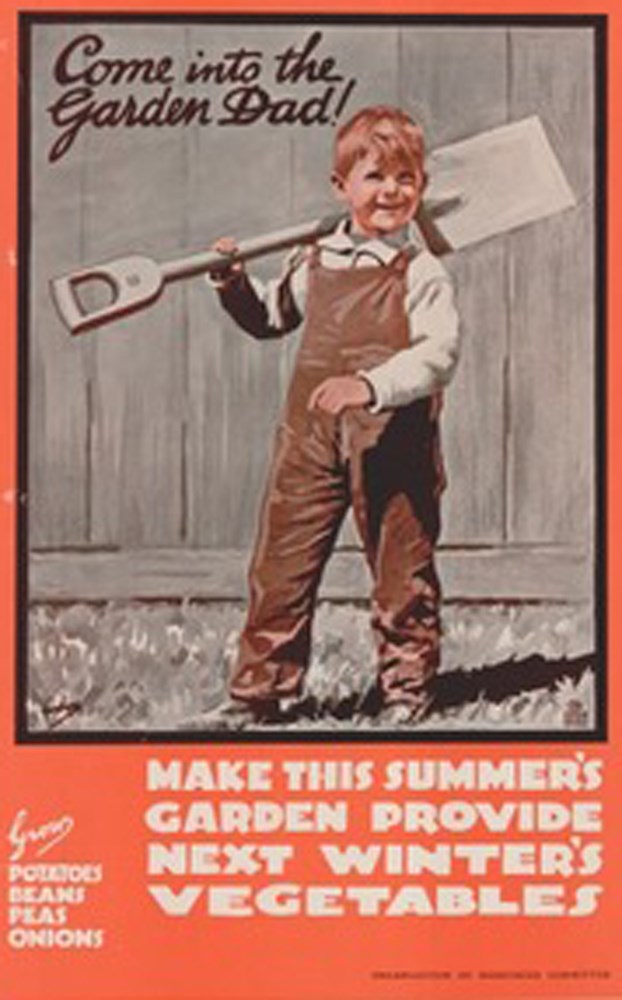During the Second World War, Canada in 1940 encouraged civilians across the country to grow victory gardens to support the war effort.
These were vegetable and fruit plots that contributed to overall food production during the war. It was largely an urban phenomenon that promoted patriotism on the civilian front.
The basic idea behind victory gardens was that the more produce that Canadians grew in their yards, in flower gardens, in vacant lots, the more railcars and transport trucks could be used to move other strategic goods to allies overseas rather than used for moving food locally.
I had a conversation with Ron Schuss, who has lived in Richmond all of his life, and was raised on a small farm in Richmond during that time.
During the early ‘40s, most people in Richmond had one to two acres of land, he said. Everyone grew their own fruits and vegetables. It was a necessity at the time because they were no longer getting produce from international sources.
His mother grew plums, apples and all types of vegetables. Much of the fruit and root vegetables were stored in root cellars or canned in mason jars. Schuss remembers his mother having 140 jars of canned beans, which he got pretty tired of seeing on his plate at mealtime!
There was quite often an excess amount of food, so his mother set up a fruit stand in front of his house. Many people came into Richmond from the Shaughnessy area and other parts of Vancouver to purchase his mother’s bounty.
The victory garden produce was also an important part of promoting a healthy diet, according to Canada’s Official Food rules created in 1942. This was a precursor to our current Canada’s Food Guide.
During its peak in 1944, Canada’s 210,000 victory gardens were estimated to have produced 57,000 tonnes of vegetables! In the end, the real value of victory gardens was more symbolic in the way they linked a wholesome form of domestic labour that included the entire family and was highly visible to friends and neighbours. In other words, victory gardens provided a powerful domestic venue to participate in the war effort from the home front.
Today, we have organizations again promoting homegrown produce, such as the Richmond Garden Club and Richmond Food Security Society. Community gardens have popped up throughout the city and many people are again, planting fruits and vegetables in flower gardens, front and back yards. Our “victory gardens” today are focused on promoting healthy eating of local fruits and vegetables to take care of our environment and to promote access to safe and nutritious food.
We encourage everyone to grow a victory garden this year. Big or small, fresh fruits and vegetables from our own gardens will go a long way to contribute to a healthy body and healthy environment!
Lynda Pasacreta is the current president of the Richmond Garden Club



